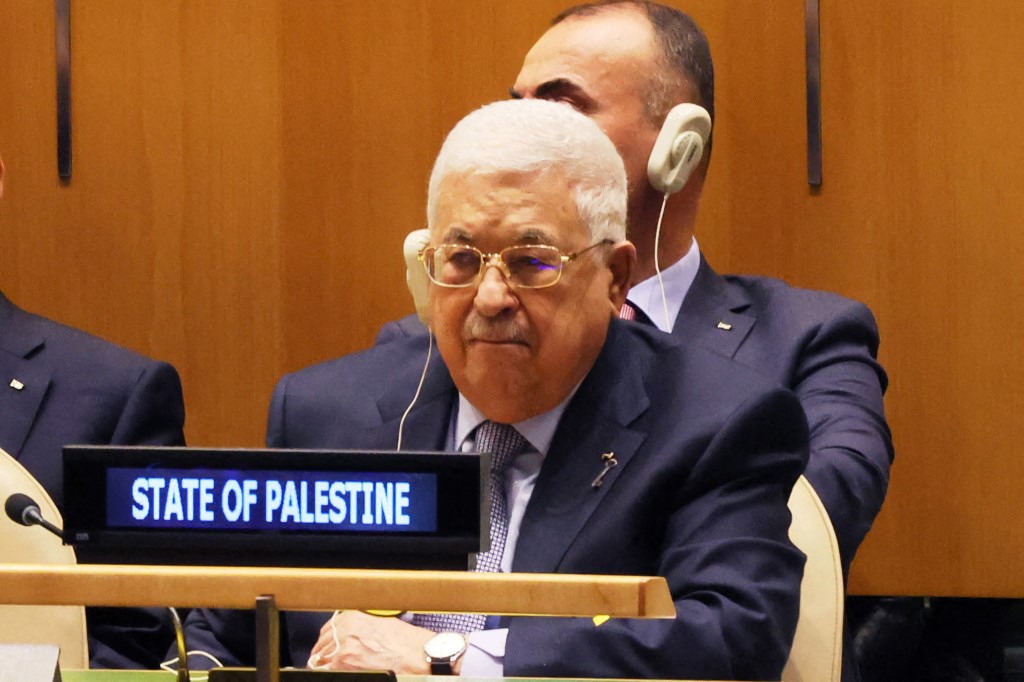Paris, France —The Nakba, evoked by Palestinian president Mahmud Abbas amid Gaza’s war, is Arabic for “catastrophe”, referring to the mass displacement of Palestinians from their homes during the 1948 creation of Israel.
On Friday, Abbas warned against a “second Nakba” facing Palestinians after the Israeli army ordered more than one million people to evacuate north Gaza.
According to the United Nations, more than 423,000 people have already fled their homes in the long-blockaded territory of 2.4 million.
In 1948 more than 760,000 Palestinians either fled or were forced off land claimed by the new state as the Israeli military razed more than 400 towns and villages. The exodus created huge numbers of refugees spread across the region.
Here is some background.
Exodus
Demands for a Jewish homeland after the Nazi’s World War II genocide led to the establishment of the state of Israel in part of the former British Mandatory Palestine.
Israel formally declared its independence on May 14, 1948, to the joy of Jews but anger of Arab nations, which immediately declared war.
Already in late 1947, after a UN vote agreed on the sharing out of Palestine, there had been a first wave of Palestinian departures involving mainly public figures fleeing fighting between Jewish militias and Palestinians.
The exodus accelerated after the April 1948 massacre of more than 100 Palestinian villagers at Deir Yassin, near Jerusalem, by two Jewish paramilitary groups.
The Israeli army went on to expel Palestinians from the areas newly under its control, notably the central towns of Lod and Ramle, and Galilee in the north.
Right of return
In December 1948 the UN adopted Resolution 194 giving Palestinians the right to return.
Refugees “wishing to return to their homes and live at peace with their neighbors should be permitted to do so at the earliest practicable date,” it said, stipulating that compensation should be handed over to those choosing not to reclaim their property.
But Israel categorically rejects this right, saying that even allowing a fraction of the Palestinian refugees to return would lead to the end of Israel as a Jewish state.
In 1950 it adopted the Absentees Property Law that placed under state guardianship all assets on Israeli territory of Palestinians or Arabs who fled or went to live abroad when Israel was created.
Israel also says that more than 850,000 Jews were forced from Arab countries after its independence.
According to the UN there are now 5.9 million Palestinian refugees living in the West Bank, the Gaza Strip, Jordan, Lebanon and Syria.
Dreams of home
Seventy-five years after the exodus, the dream of returning still remains among Palestinians.
These memories are kept alive by Israeli Arabs, the descendants of Palestinians who remained on their land after 1948 and today hold Israeli nationality.
And in refugee camps, a rusty key to a house which may no longer be standing, or rumpled land deeds are symbols of this dream, passed through generations.
Many Palestinians who mark the Nakba anniversary each May 15 — which regularly sees deadly clashes between demonstrators and Israeli forces — carry a large key in reference to the houses and lands lost.

